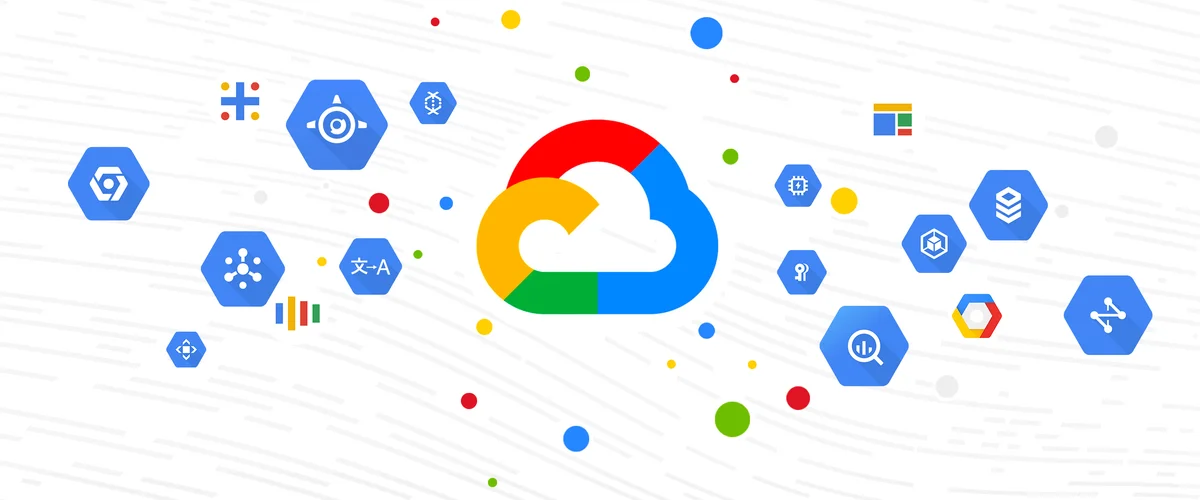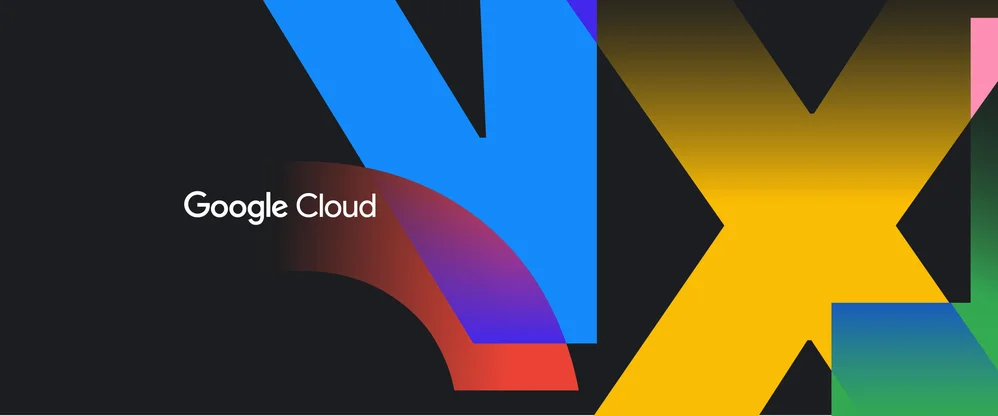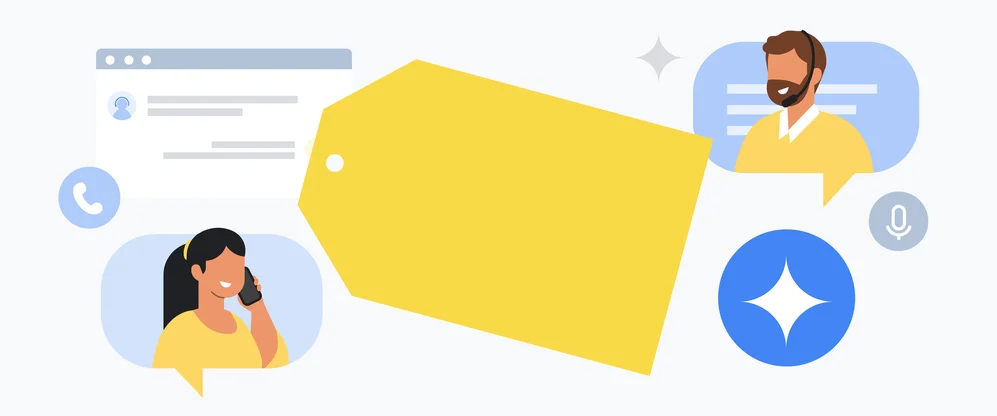Cloud Covered: What was new with Google Cloud in May

As May flowers bloomed, we watched our garden of blog posts grow. New features in Android phones and Gmail cropped up, and we’ve got some updates for cloud developers. Plus, check out photos and details about our new machine learning supercomputers. Here’s what was new.
Android phones help add security.
Android phones (versions 7.0+, Nougat) now come with a built-in security key. This is the FIDO type of security key, an industry standard that can be used for two-factor authentication—an extra verification step on top of a password that makes your sign-ins resistant to phishing scams.
Calendar now comes in dark mode.
When you’re looking at your Google Calendar, or at Keep, our task management tool, you can now see it in dark mode. This is nice in low light, for those of you checking the next day’s schedule in the dark, since it reduces screen brightness. Whether it’s enabled by default will depend on your version of Android and your settings. Plus, we announced the launch of Gmail confidential mode last month, so you’ll soon be able to send messages with built-in information rights management controls. This means you can create expiration dates and revoke sent messages, plus these messages can’t be forwarded, copied, printed or downloaded.
Learn lots more about these and other topics in the brand-new G Suite Learning Center.
Supercomputers for machine learning arrived.
Machine learning (ML) can help with tasks ranging from image recognition to disease research and medical diagnoses. Machine learning requires data scientists to build a model and train it with examples so that the computer can eventually learn a pattern. This requires a lot of computing power. Super powerful and expensive data centers full of servers were not enough to handle the growth of AI workloads and computational horsepower, so we created TPUs, our own hardware chips, just for the purpose of speeding up machine learning. Now, those TPUs are publicly available in pods, which are essentially stacks of these TPUs linked together to form an AI supercomputer. Data scientists and researchers can use them to do machine learning tasks much faster, in minutes or hours compared to days or weeks previously. Make sure to take a look at the photos in the post—when it comes to massive modern supercomputers, a picture is worth a thousand words.
What cloud developers are learning about
Behind many of the apps and websites you use everyday are these things called APIs (short for application programming interface), which essentially allow these apps and sites to talk to each other. Think of a website that has a Google map embedded, for example—there’s an API in use there. API design is a hot topic among developers, since they have to make sure that different applications can all talk to each other to make a website or app run more smoothly for users. One popular post last month was about a newer way to design APIs that is simpler and requires less documentation for developers and software.
That’s a wrap for May. Stay tuned to the Google Cloud blog for more.






